Biden addressed a number of challenges, including COVID, climate change, terrorism
https://www.foxnews.com/politics/biden-un-general-assembly-speech-america-is-back-afghanistan
Fox News Flash top headlines for September 21
Fox News Flash top headlines are here. Check out what’s clicking on Foxnews.com.
President Biden, in his first address to the United Nations General Assembly since taking office, told his international peers that they “stand at an inflection point in history,” calling it a “decisive decade” for the world in which the United States intends to “lead on all of the greatest challenges of our time,” while maintaining his commitments to allies and partners.
The president began his address by saying the world is at “a moment intermingled with great pain,” but “extraordinary possibility,” calling it a “dawning of what must be a decisive decade for our world” – a decade that “will quite literally determine our futures.”
Biden addressed a number of shared global challenges, including the COVID-19 pandemic, terrorism, nuclear proliferation, emerging technologies and climate change. https://d02928a1a834d688fce78931febbd32d.safeframe.googlesyndication.com/safeframe/1-0-38/html/container.html
“We are not seeking the new Cold War, or the world divided into rigid blocks,” the president said. “The United States is ready to work with any nation that steps up, that pursues peaceful resolution to shared challenges, even if we have intense disagreement to shared challenges, because we will all suffer the consequences of our failures if we don’t come together to tackle COVID-19, climate change or threats like nuclear proliferation.”
FRANCE RECALLS AMBASSADORS TO US AND AUSTRALIA IN RESPONSE TO AUKUS NUCLEAR SUBMARINE PACT
The president, addressing his administration’s full withdrawal of U.S. military assets from Afghanistan on Aug. 31, after the country fell to the Taliban, said America has “ended 20 years of conflict in Afghanistan.”
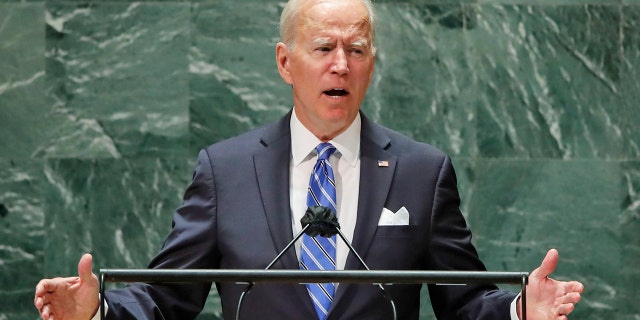
President Joe Biden speaks during the 76th Session of the United Nations General Assembly at U.N. headquarters in New York on Tuesday, Sept. 21, 2021. (Eduardo Munoz/Pool Photo via AP) (Eduardo Munoz/Pool Photo via AP)
“As we close this period of relentless war, we’re opening a new period of relentless diplomacy,” Biden said, adding that the U.S. will continue “renewing and defending democracy,” and maintaining that, “no matter how challenging, government by and for the people is still the best way to deliver for all of our people.”
The president went on to say that the U.S. has “turned the page,” and said “all the unmatched energy, will and resources of our nation are now squarely focused what is ahead of us – not what is behind.”
“As we look ahead, we will lead on all of the greatest challenges of our time, but we will not go it alone,” Biden said. “We will lead together with our allies and partners, with all who choose and believe as we do, that this is within our power to meet challenges, build a future, lift all of our people, and preserve this planet.”
Biden added, though, that “none of this is inevitable – it is a choice.”
“But I can tell you where America stands. We will choose to build a better future,” Biden said, rallying his peers saying “we cannot afford to waste any more time.”
“Let’s get to work. Let’s make our better future now,” Biden said.
The president, though, said he is “not agnostic about the future we want for the world.”
“The future will belong to those who embrace human dignity, not trample it; the future will belong to those who unleash the potential of their people, not those who stifle it; the future will belong to those who give their people the ability to breathe free, not those who seek to suffocate with an iron hand,” Biden said.
“Democracy remains the best tool we have to unleash our full human potential,” Biden said, urging nations to “come together” on issues that unite, rather than divide, “so we can accomplish what we must together.”
“Ending the pandemic and making sure we’re better prepared for the next one, staving off climate change, ensuring a future where technology is a vital tool to solving human challenges, not a source of greater strife and repression,” he said, adding that the challenges can “only” be met by looking to the future.
The president touted his administration’s work thus far in “rebuilding partnerships and alliances central to America’s enduring security and prosperity,” detailing the U.S. effort to reaffirm the commitment to NATO allies, renewed engagement with the European Union, his rejoining of the Paris climate agreement, and more.
“The United States seeks to rally the world to action,” Biden said, adding that America “will lead not just by the example of our power, but by the power of our example.”
“Make no mistake, the United States will continue to defend ourselves and allies against threats,” Biden said, referring to terror threats around the world, but said “the mission must be clear and achievable.”
“United States military power must be our tool of last resort, not our first. It should not be used as an answer to every problem we see around the world,” he said, noting that “many of our greatest concerns,” pointing to COVID-19 and climate change, “cannot be solved or addressed by arms.”
Biden went on to discuss the U.S. commitment to fighting COVID-19, saying the country has dedicated $15 billion to global response efforts.
Shifting to nuclear proliferation, Biden said the United States “remains committed to preventing Iran from obtaining a nuclear weapon,” adding that the nation is “seeking a return to the JCPOA.”
“We are prepared to return to full compliance if Iran does the same,” Biden said.
CLICK HERE TO GET THE FOX NEWS APPhttps://d02928a1a834d688fce78931febbd32d.safeframe.googlesyndication.com/safeframe/1-0-38/html/container.html
Biden also said the U.S. is committed to de-nuclearization of the Korean peninsula, which he said the U.S. is effecting with “serious and sustained diplomacy.”
Biden did not address the pressures he is currently facing from France after French President Emmanuel Macron recalled its ambassadors from the U.S. and Australia following a new trilateral agreement focused on the Indo-Pacific among the United States, the United Kingdom and Australia (AUKUS) last week.
The agreement is set to focus on developing Australia’s nuclear-powered submarine capabilities – an effort France was working to undertake with Australia. France previously made an agreement to send French-made submarines to Australia.


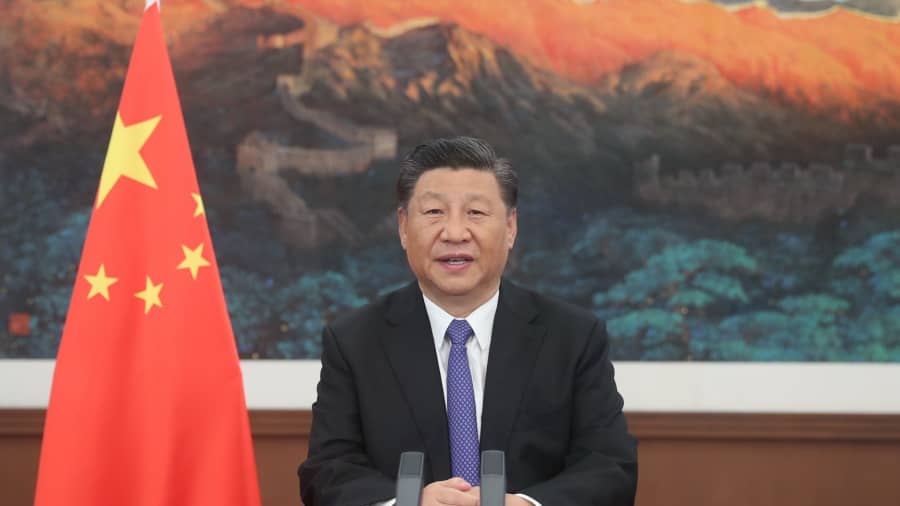



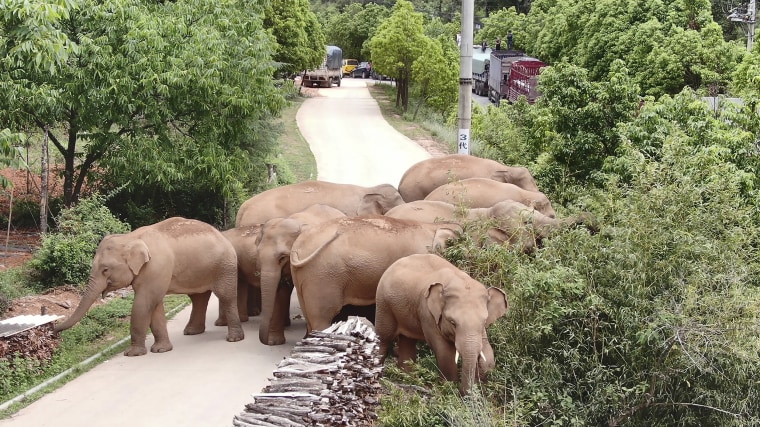
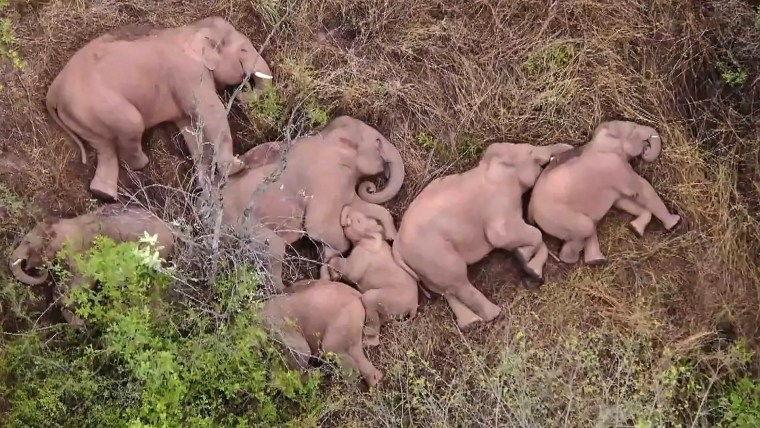
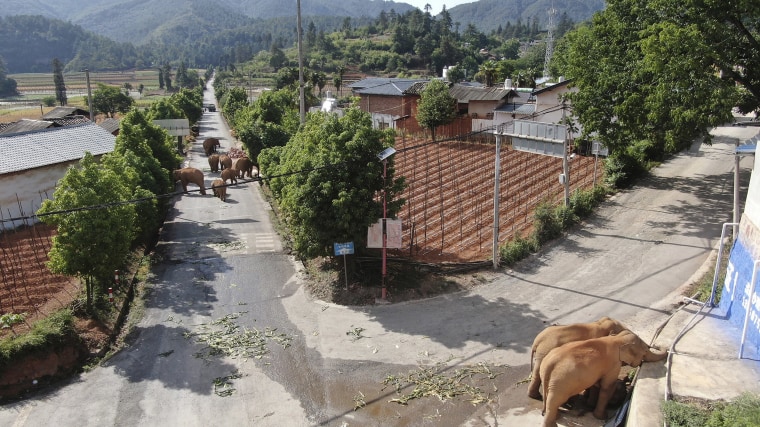
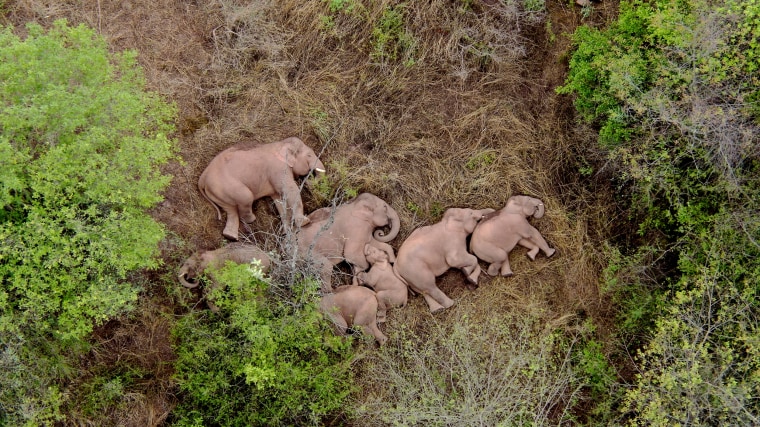



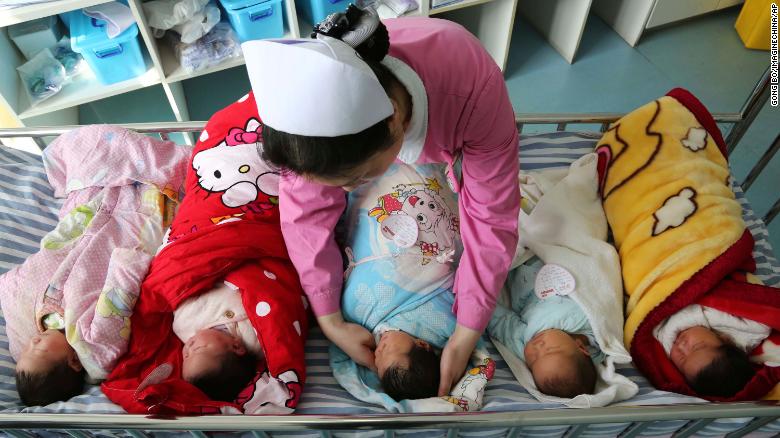
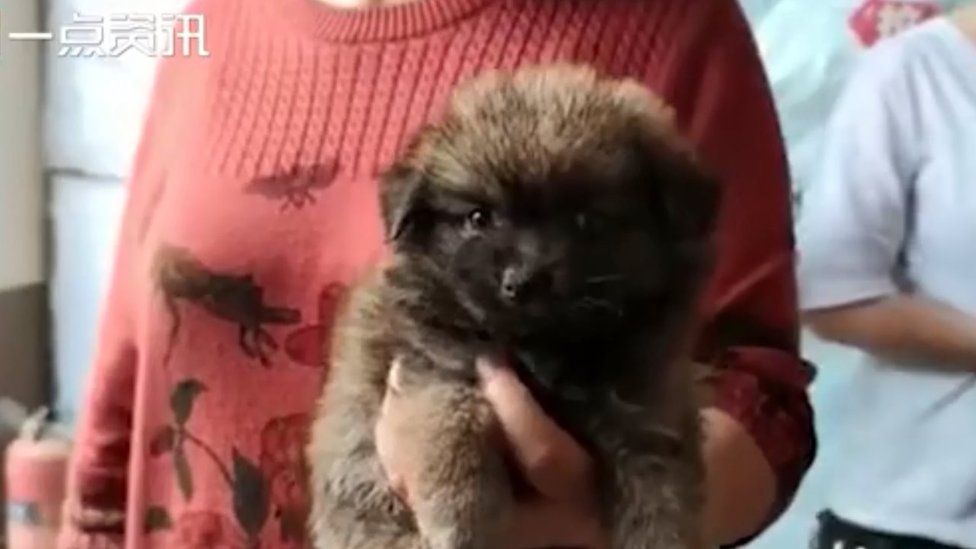

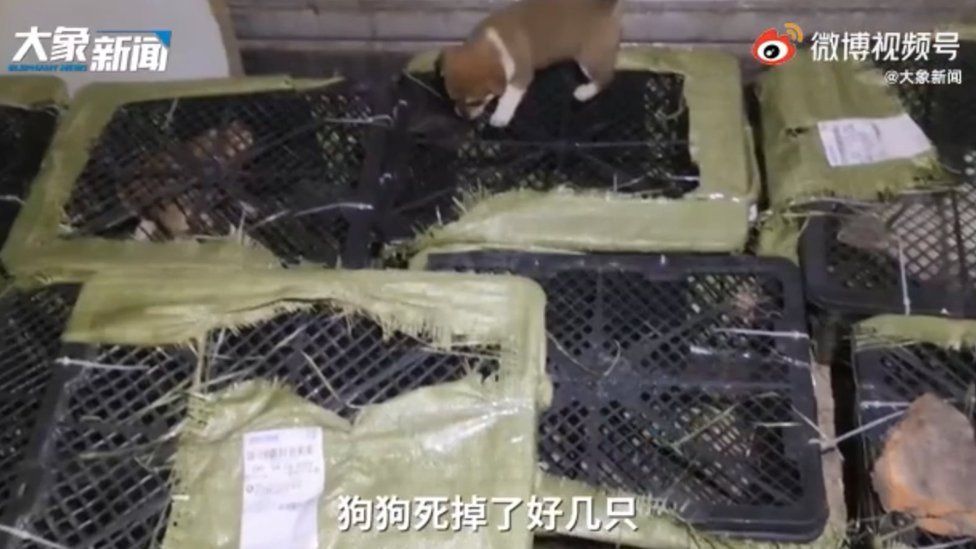
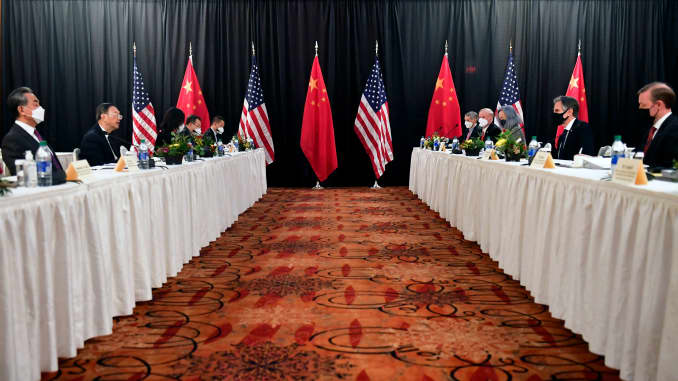
/cdn.vox-cdn.com/uploads/chorus_image/image/68954690/1306384863.0.jpg)
:no_upscale()/cdn.vox-cdn.com/uploads/chorus_asset/file/22364014/51913645.jpg)
:no_upscale()/cdn.vox-cdn.com/uploads/chorus_asset/file/22364020/1228917945.jpg)
:no_upscale()/cdn.vox-cdn.com/uploads/chorus_asset/file/22364024/1231574406.jpg)